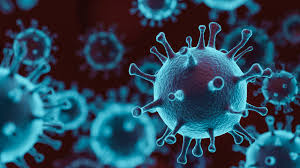 Here are three overlooked methods of treating respiratory and disseminated infections that resemble the one caused by the COVID-19 virus.
Here are three overlooked methods of treating respiratory and disseminated infections that resemble the one caused by the COVID-19 virus.
 Many nutrition experts confidently recommend the Mediterranean Diet. Its vegetables, fruits, whole grains, nuts, olive oil, limited dairy products, and other natural foods provide a full range of nutrients even while minimizing or eliminating red meat and processed foods considered detrimental to health. But the question of whether one can gain further benefit from adding supplements to protect against hidden deficiencies or optimize health and performance remains open.
Many nutrition experts confidently recommend the Mediterranean Diet. Its vegetables, fruits, whole grains, nuts, olive oil, limited dairy products, and other natural foods provide a full range of nutrients even while minimizing or eliminating red meat and processed foods considered detrimental to health. But the question of whether one can gain further benefit from adding supplements to protect against hidden deficiencies or optimize health and performance remains open.
Certainly, turning to supplements would seem to violate the spirit of the Mediterranean Diet. Shouldn’t we trust Nature to provide us ample, complete nutrition in the form of food when we make the right choices? Didn’t the original models of the Mediterranean Diet–the Cretans of the 1950s–do very well without supplements? Shouldn’t we avoid excessive or even paranoid concern about hidden deficiencies and rather bask in the Mediterranean sun (or its local equivalent) while tasting the savory concoctions of Mediterranean chefs?
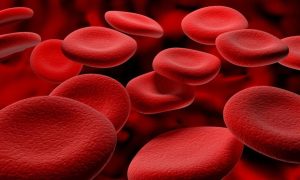 [For a fuller discussion of Biophotonic Therapy and the underlying science, including citations to the medical literature, see Healing Photons: The Science and Art of Blood Irradiation Therapy. For a brief discussion, see 10 Key Points about Biophotonic Therapy. See also the video Rethinking Biophotonic Therapy.]
[For a fuller discussion of Biophotonic Therapy and the underlying science, including citations to the medical literature, see Healing Photons: The Science and Art of Blood Irradiation Therapy. For a brief discussion, see 10 Key Points about Biophotonic Therapy. See also the video Rethinking Biophotonic Therapy.]
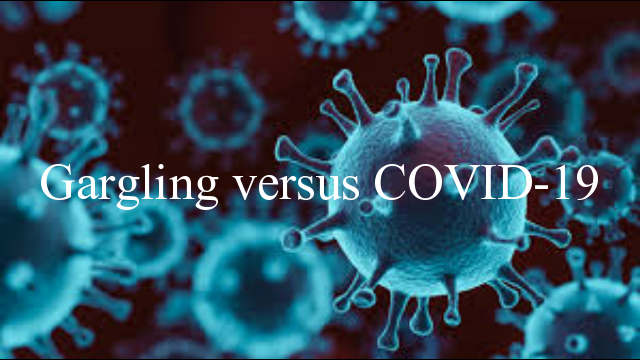
A new pilot study plus a better understanding of the science and art of gargling suggest that it can be an effective adjuvant therapy against COVID-19. At the same time, gargling can protect others, so we all have a vested interest in persuading each other to gargle. In this video, Viktoria Nagudi discusses with Kenneth Dillon of Scientia Press gargling’s history, science, choice of gargles, and applications, including to reopening the economy and schools. For further details, see https://www.scientiapress.com/mouthwash-oral-respiratory-infections.

Studies by Japanese researchers show that gargling is protective against respiratory infections. Here is a letter that lays out the case for gargling against COVID-19.

Even though much inhaled COVID-19 virus immediately penetrates into the lungs, some remains in the throat where it replicates to very high numbers–for instance, a peak at 711,000,000 RNA copies per throat swab day 4 (Wölfel R et al. Nature 2020;Apr 1). According to a Reinforcement Model of COVID-19 infections, many of these replicates descend into the lungs, where they furnish a stream of reinforcements that cumulatively outweigh the replication of the initial penetrating dose. Hence treating the throat with gargling seems highly desirable.
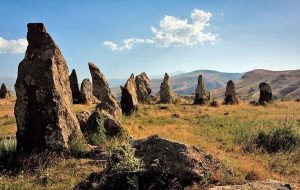 Karahunj (Zorats Karer) is an ancient site in southern Armenia that contains more than 230 large stones, some 37 still standing, arranged in a fashion that has suggested to many observers that it was used for archaeoastronomy. But defining how it was used has remained elusive. Complicating the situation, Karahunj is located near a complex of ancient graves; we do not know who built it; it is difficult to ascertain exactly when the stones were set up; and some 85 of them have holes drilled through them that researchers have suggested might be used for sighting celestial objects, but other researchers think this unlikely because they would have been too imprecise.1
Karahunj (Zorats Karer) is an ancient site in southern Armenia that contains more than 230 large stones, some 37 still standing, arranged in a fashion that has suggested to many observers that it was used for archaeoastronomy. But defining how it was used has remained elusive. Complicating the situation, Karahunj is located near a complex of ancient graves; we do not know who built it; it is difficult to ascertain exactly when the stones were set up; and some 85 of them have holes drilled through them that researchers have suggested might be used for sighting celestial objects, but other researchers think this unlikely because they would have been too imprecise.1
Nonetheless, there is a rather simple explanation of the stones of Karahunj. But to grasp it, one must become aware of the compelling new evidence for and reinterpretation of
Anomalous Mistake-driven Opportunity Creation (AMOC) occurs when a government official charged with a certain problem commits an extraordinary error—one so inconceivable that no one can imagine that he/she has perpetrated it. And therefore the official gets away with it.
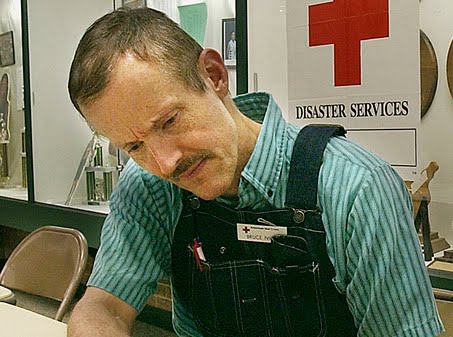
 The FBI investigation of the 2001 anthrax mailings may well have been the most extensive criminal investigation in world history. According to FBI, which closed its investigation on February 19, 2010, the Mailer was U.S. Government scientist Bruce Ivins, who committed suicide in July, 2008. But the evidence FBI has adduced is so weak that skepticism is widespread among scientists, other observers of the case, and the public at large.
The FBI investigation of the 2001 anthrax mailings may well have been the most extensive criminal investigation in world history. According to FBI, which closed its investigation on February 19, 2010, the Mailer was U.S. Government scientist Bruce Ivins, who committed suicide in July, 2008. But the evidence FBI has adduced is so weak that skepticism is widespread among scientists, other observers of the case, and the public at large.
Many observers find it impossible to believe that the Bureau could persuasively rule out the other hundreds of scientists who had access to the virulent strain of anthrax from the flask Ivins kept. Few doubt that the anthrax in at least some of the letters came originally from this flask, but critics charge that FBI has no valid reason to claim that Ivins was the one who prepared the anthrax and put it into the envelopes. FBI has also not addressed the possibility that someone stole the anthrax, even though researcher Ross Getman has identified several university labs and a bioscience company where al Qaeda sympathizers could have had access to anthrax originating in Ivins’s flask.
 Amid the twists, turns, and baffling uncertainties of the 2001 anthrax mailings case, many observers have managed to hold fast to one conviction: that the anthrax letters can’t possibly have been the work of al Qaeda. But are they right? One way to find out would be to identify the actual Mailer. That may prove easier than often thought—if one looks in the right place. Another approach would involve analyzing each of the objections to determine its merits. Let’s try that.
Amid the twists, turns, and baffling uncertainties of the 2001 anthrax mailings case, many observers have managed to hold fast to one conviction: that the anthrax letters can’t possibly have been the work of al Qaeda. But are they right? One way to find out would be to identify the actual Mailer. That may prove easier than often thought—if one looks in the right place. Another approach would involve analyzing each of the objections to determine its merits. Let’s try that.
Objections, Objections
 Musical instruments play an important role in music therapy. Sometimes therapists play them to exert a calming effect on certain kinds of patients. Often the therapy consists of patients themselves extemporizing on instruments they choose. Or a patient can undertake to learn how to play an instrument as part of healing. The piano or various wind instruments are popular in these uses, but any instrument can presumably be employed.
Musical instruments play an important role in music therapy. Sometimes therapists play them to exert a calming effect on certain kinds of patients. Often the therapy consists of patients themselves extemporizing on instruments they choose. Or a patient can undertake to learn how to play an instrument as part of healing. The piano or various wind instruments are popular in these uses, but any instrument can presumably be employed.
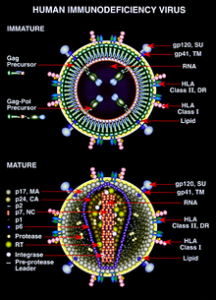 Amid the fanfare regarding initiatives to treat the devastating HIV/AIDS epidemic, a noteworthy finding has been overlooked. After more than two decades of debate, experimentation by patients, and scattered clinical testing of non-drug therapies of HIV, we now know much better which ones actually work.
Amid the fanfare regarding initiatives to treat the devastating HIV/AIDS epidemic, a noteworthy finding has been overlooked. After more than two decades of debate, experimentation by patients, and scattered clinical testing of non-drug therapies of HIV, we now know much better which ones actually work.

